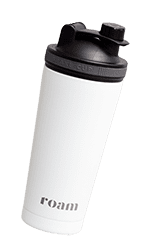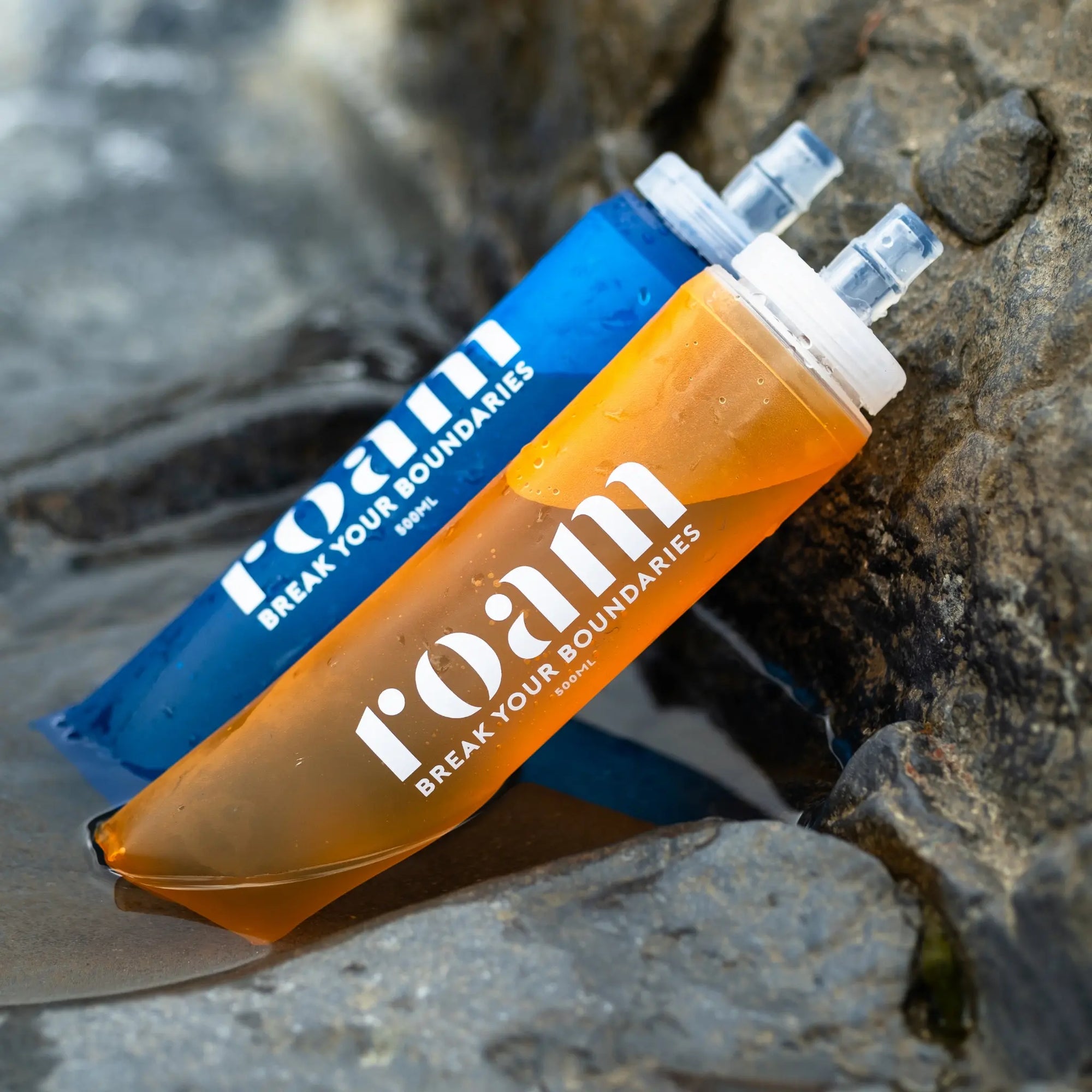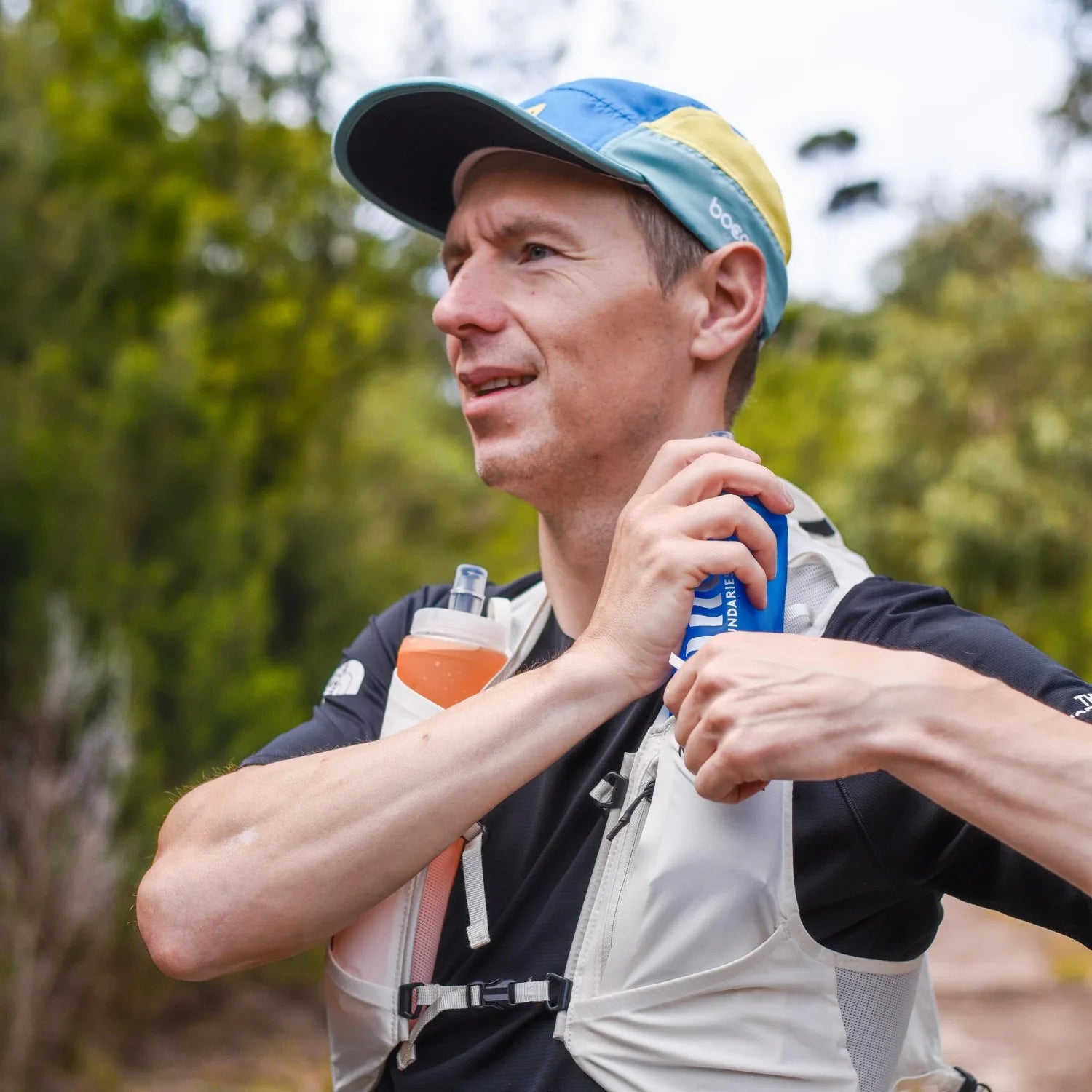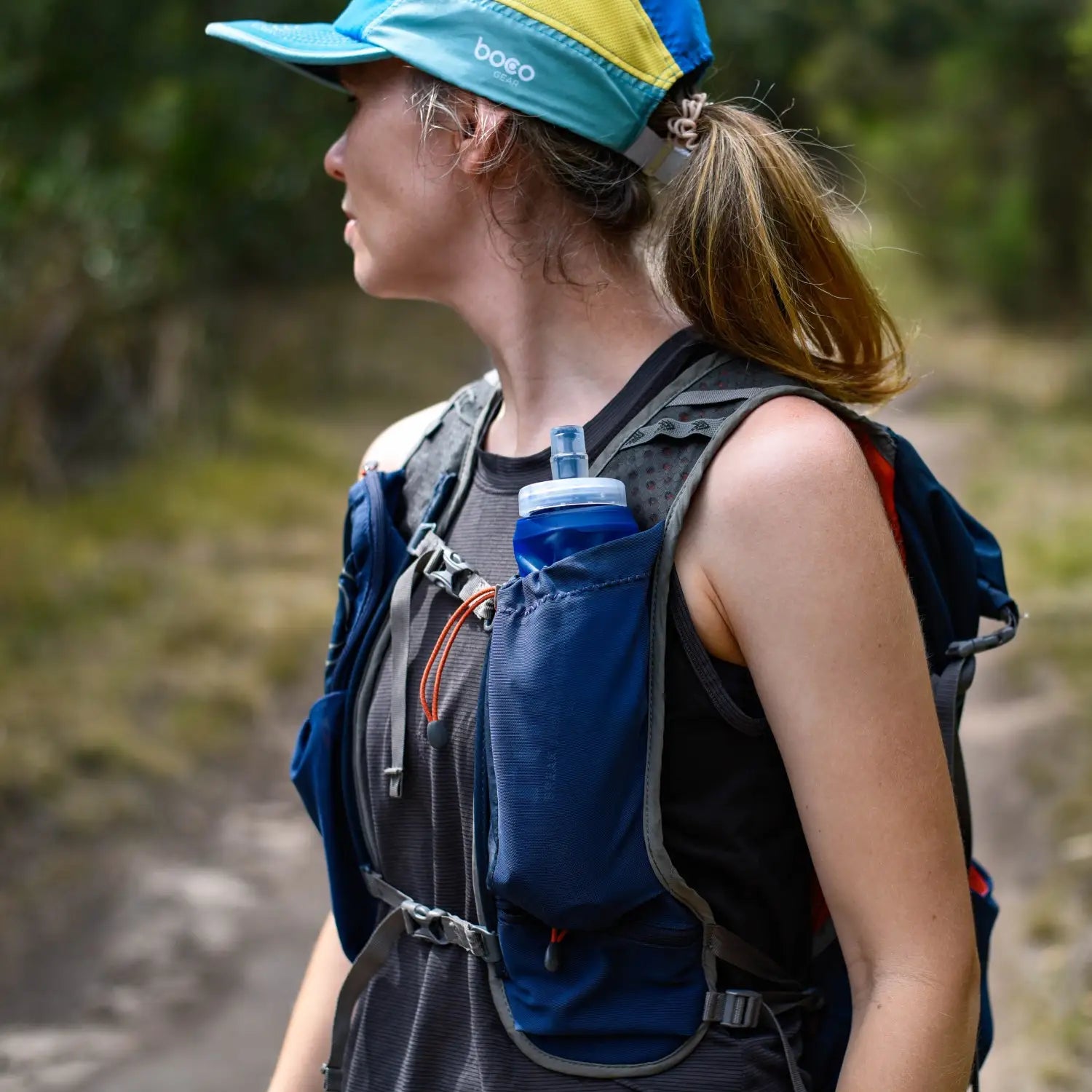Winning the Battle Against the Heat
Whilst the summer months grace us with dry days and a renewed desire to explore, there is one battle we must face: the heat.
Dealing with heat while training or exploring outdoors can be a real issue, and if you are (like us) not an early morning exerciser, then it is likely you will have to face midday sun. Heat poses an extra challenge for the body but can also be beneficial.
To reap the benefits, it is important to be aware of the risks involved with training in hot conditions, and how to mitigate them.


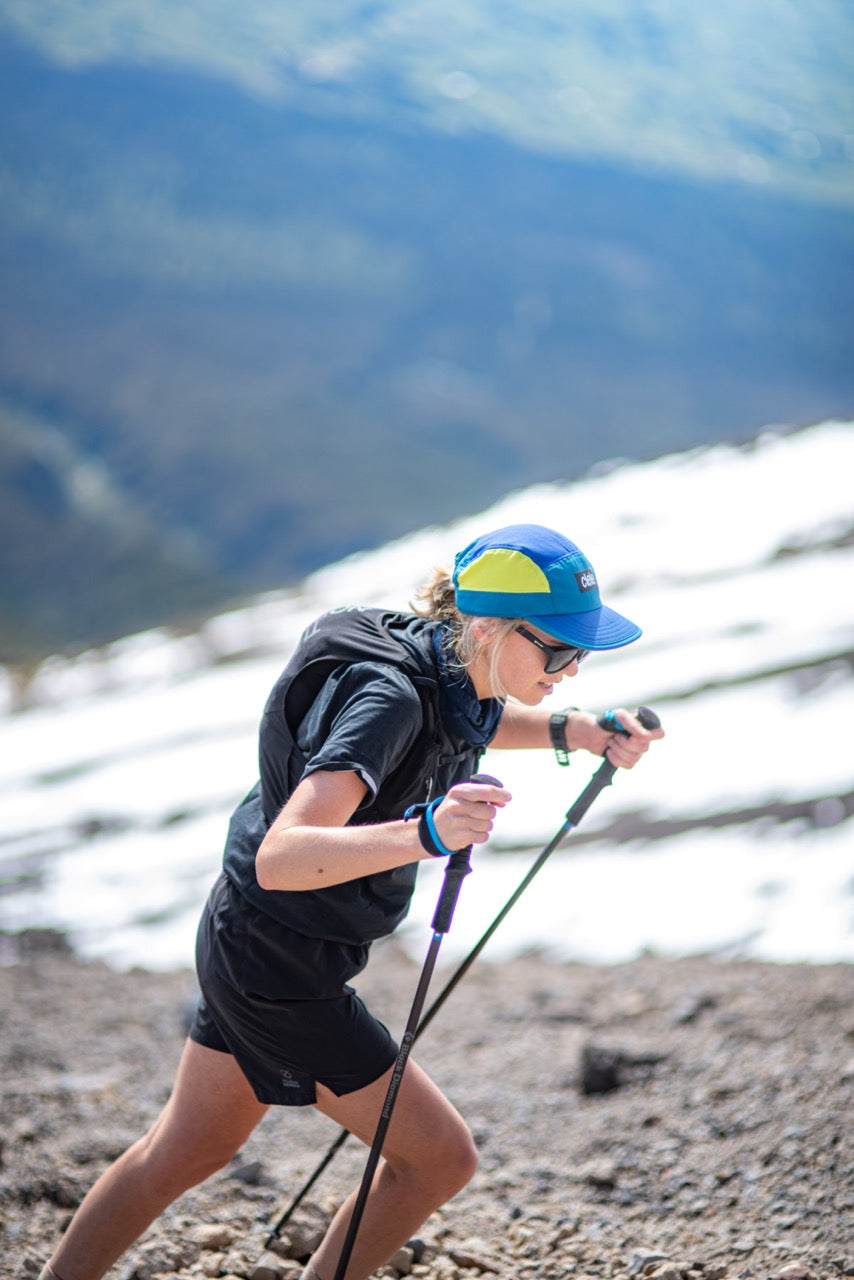
First, the risks of exercising in the heat
It's important to know the risks of heading out for adventures or exercising for prolonged periods in the heat:
- Overheating
- Loss of fluid (dehydration)
- Higher use of muscle energy stores (glycogen)
- Delayed recovery
- Compromised exercise intensity
- Sun exposure
Below are some ways to prepare yourself for the heat!
Heat Acclimatisation
Unsurprisingly, spending time and training in a naturally hot environment primes you to become better at tolerating heat. So if you know that you’ll be racing or exercising in the heat, prepare accordingly. It takes ~1-2 weeks of exercising in hot weather conditions for your body to adapt.
Your initial sessions should be at easy intensity and last no more than 60 to 90mins (easy jog or fast walk, or bike ride). After 3 or 4 days you can add some intensity (fast walk uphill, faster running workout or an outdoor CrossFit class).
Recent research has found that artificially hot environments such as sauna or hot-water immersion could be a great substitute for naturally hot environments. Spending up to 30mins in a sauna or hot water will induce similar physiological adaptations like increase in sweat rate and plasma volume, and an improved subjective perception of heat.
Choose the best time of day.
Avoid midday heat and choose early morning or late afternoon, especially for longer adventures. If this is not possible, consider shortening the duration of your session and make sure that you stick to an easy intensity.
Pre-cool yourself.
If running in the full heat is unavoidable, try to lower your body’s temperature beforehand by taking a cold shower or bath. When you are on the go, partially freezing your water or electrolytes is a simple way to get some reprieve from the heat during your session.
Hydrate
If you feel thirsty before leaving home, make sure you drink a few glasses of water or electrolytes. Sweating rate varies from about 1 to 3 litres per hour on a hot day – a significant increase to the 500mL – 1.5L that one would sweat on a cool day.
Sweating is the most efficient cooling mechanism that your body can offer. If you are well-hydrated beforehand, there is little risk of getting into serious dehydration if your outdoors session lasts up to an hour. But for longer sessions or outdoors adventures, make sure that you have access to water or bring hydration with you.
Restoring fluid loss during exercise is an important part of the recovery process. Adding electrolytes to water improves fluid palatability and natural thirst response, as well as fluid retention in kidneys. If you lose 1kg of fluid across your session, you should drink 1 to 1.5L of fluid to ensure full rehydration. If you don’t know how much water you lose during exercise in the heat, measure your body mass before and after exercise (best naked 😉 ).

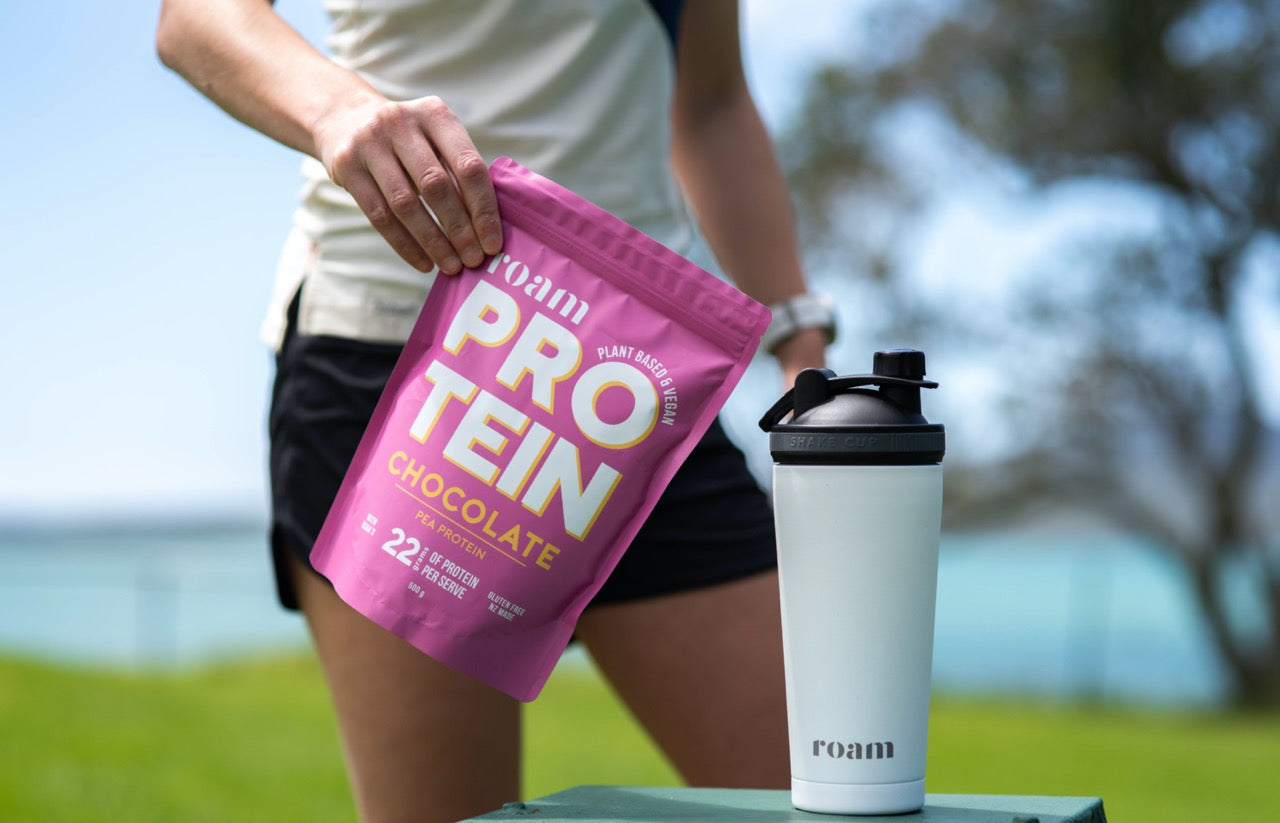
Modify your diet
Training in the heat burns more glycogen (i.e., muscle carbohydrate stores), so it is important to replenish these stores to aid recovery. To ensure good glycogen recovery, do not delay your post-exercise meal. Muscles absorb carbohydrates much faster in the first 2 hours after exercise, so have something ready after your session. Choose foods that are energy dense, nutritious, have electrolytes, protein and fibre in them. For example, a smoothie with Roam Protein, Energy Nut Butter, a banana and a pinch of salt. The protein will aid with muscle recovery.
Finally, don’t forget your hat, sunscreen, and sunglasses. These will help to minimise the risk of sunburn and sunstroke.
